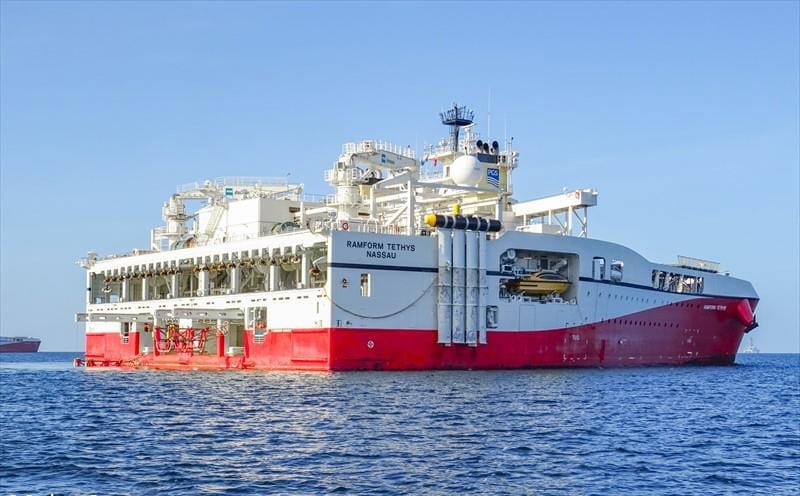On January 12, 2019, ExxonMobil affiliate Esso Exploration and Production Guyana Limited commenced 3D and 4D seismic surveys within the southern portion of the Stabroek Block off the Guyana coast, just weeks after the Venezuelan navy intercepted two contracted vessels on December 22, 2018 on the western portion of the block.
A notice from Guyana’s Maritime Administration Department said the survey will be concluded on April 12, 2019.
The vessels that will be undertaking the survey work will be Ramform Tethys, Thor Magni and Delta Monarch. The surveys will cover an area of approximately 1,240 square kilometers. The notice warned mariners to give these vessels a wide berth and to navigate with caution when in proximity to them.
The Ramform Tethys was one of the two vessels that the Venezuelan navy intercepted while they carried out surveys for ExxonMobil as part of their exploration activities, sparking immediate condemnation from Guyana and resulting in a complaint to the United Nations. Condemnation also came from the United States and the Caribbean Community. The Ramform Tethys is also the vessel on which the Venezuelan navy attempted to land a chopper during the incident.
Following the interception, ExxonMobil had confirmed that it had suspended the surveys due to the incident but reiterated its commitment to continuing its exploration and production activities. The company and its joint venture partners HESS and CNOOC Nexen made their 10th discovery in Guyana on December 3, 2018, bringing their total discovered recoverable resources to more than five billion barrels of oil equivalent.
The Government of Guyana described the Venezuelan navy interception as an “illegal, aggressive and hostile act”. According to Guyana’s Foreign Minister, Carl Greenidge, the country has informed Venezuela that it will not be intimidated by that country’s heightened hostility and stressed that Guyana will continue to pursue its economic development agenda.



